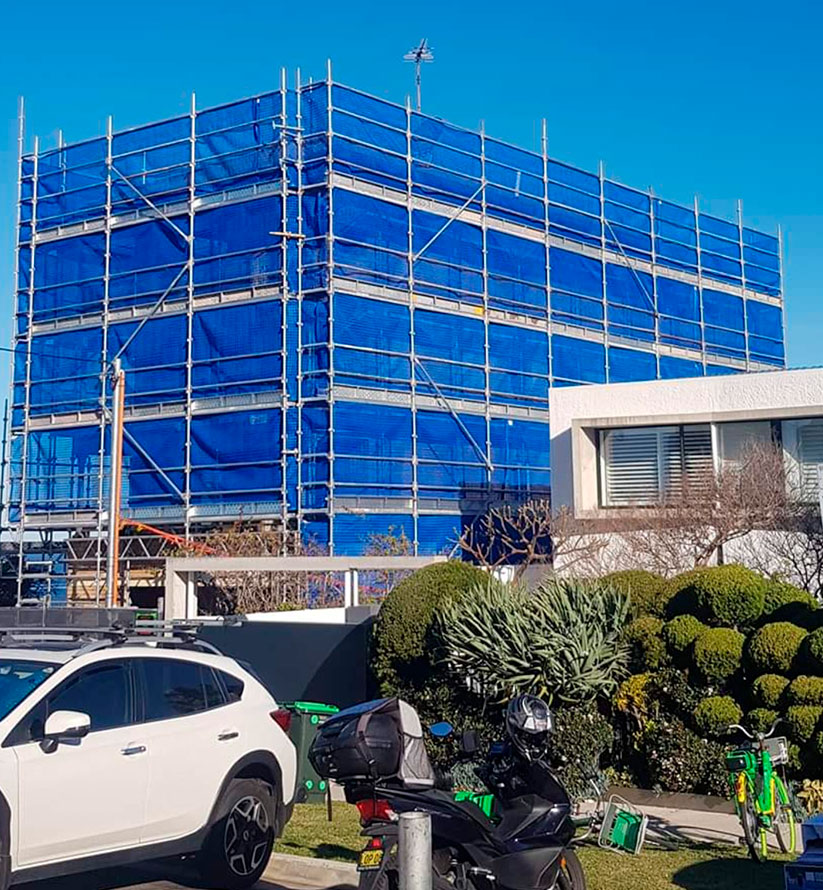Are there any special safety measures I need to take when using scaffolding?
Scaffolding is a crucial element of construction projects, as it provides a secure and stable platform for employees to perform their duties. To prevent accidents and guarantee a safe working environment, it is essential to priorities safety when using scaffolding.
Regular inspections and maintenance are required to ensure the scaffolding’s safety and stability. Inspect the scaffolding for symptoms of the damage, such as cracks, loose connections, and bent components, before each use. Focus on guardrails, and platforms in particular. Before work can continue, if any issues are discovered, they must be promptly resolved by a scaffolding professional.
It is essential for the scaffolding’s stability that it be correctly erected on a stable and level foundation. Ensure the ground is solid, compact, and able to support the scaffolding, employees, and materials. Use adjustable base plates or screw jacks to level the framework on an uneven surface.
Guardrails are indispensable for preventing accidents from scaffolding platforms. Ensure that all working levels of the scaffolding are equipped with appropriate safety railings. To prevent tools or materials from toppling, the guardrails must be at least 42 inches tall and include a mid-rail.
Maintaining secure and unobstructed access to the scaffolding is crucial to preventing trips and falls. Stairs, ladders, or access points with an appropriate design should be provided and routinely inspected for damage or obstructions. Ensure that employees do not use guardrails as a means of access by climbing or leaning on them.
During unfavourable weather conditions, such as powerful winds, heavy rain, or icy conditions, scaffolding should not be used. These conditions can jeopardies the scaffolding’s stability and produce unsafe working conditions. Observe weather forecasts and inform employees of the necessary precautions to take in the event of severe weather.


